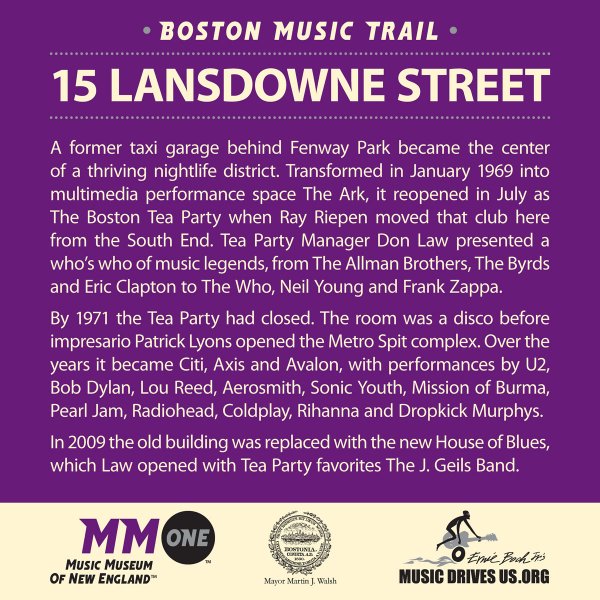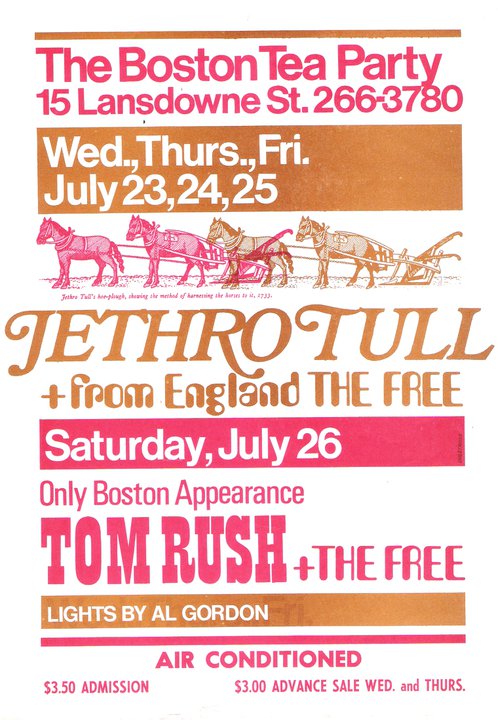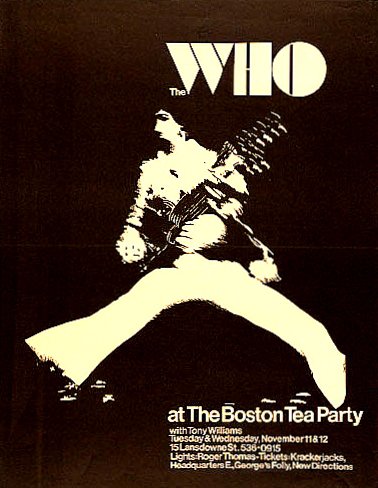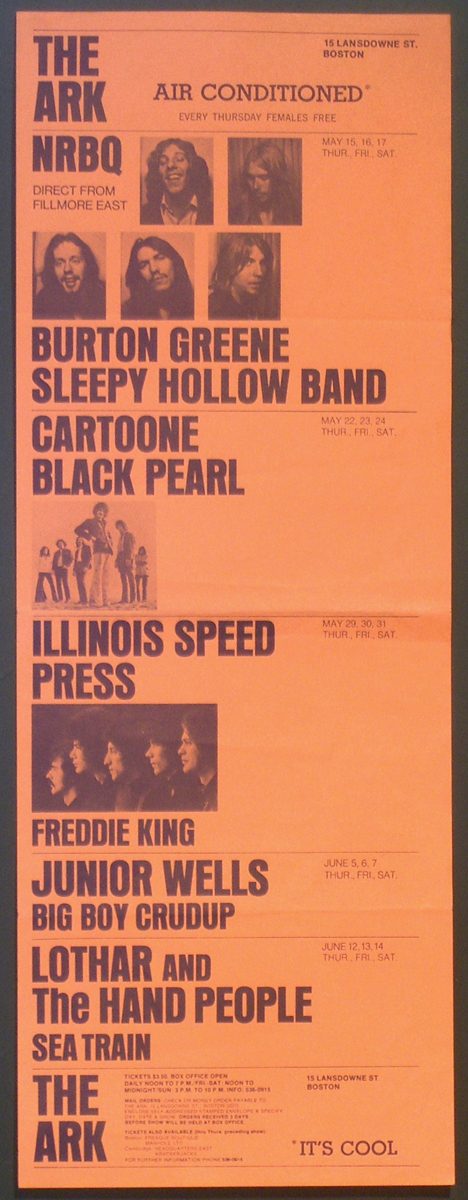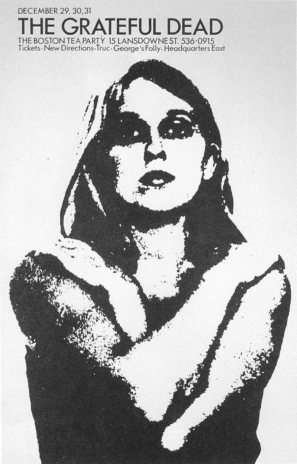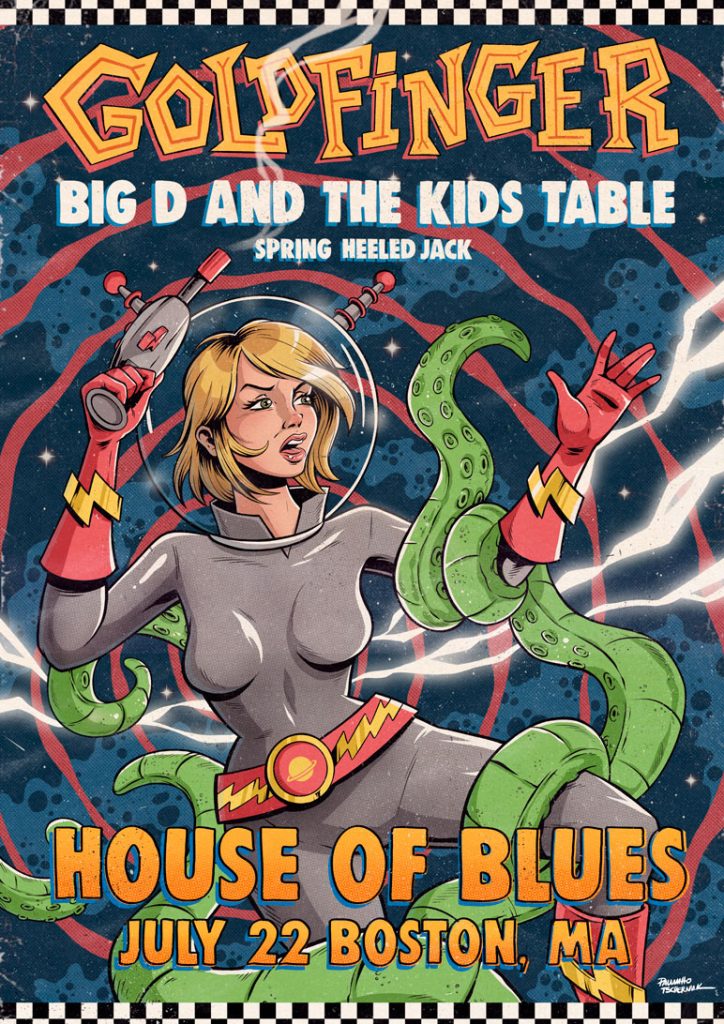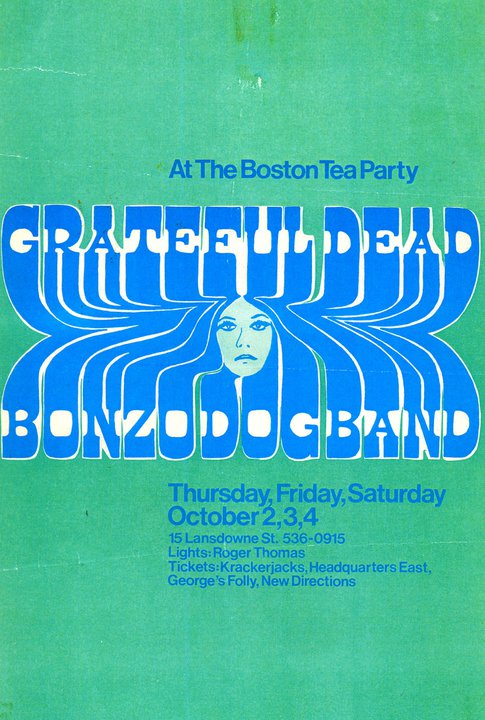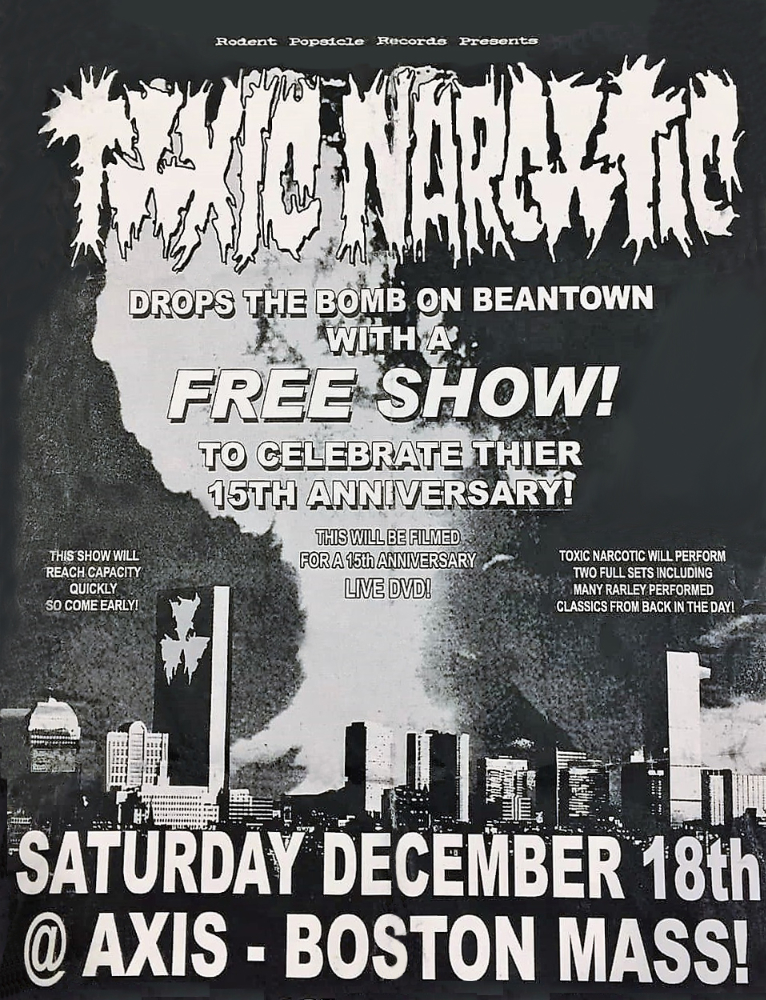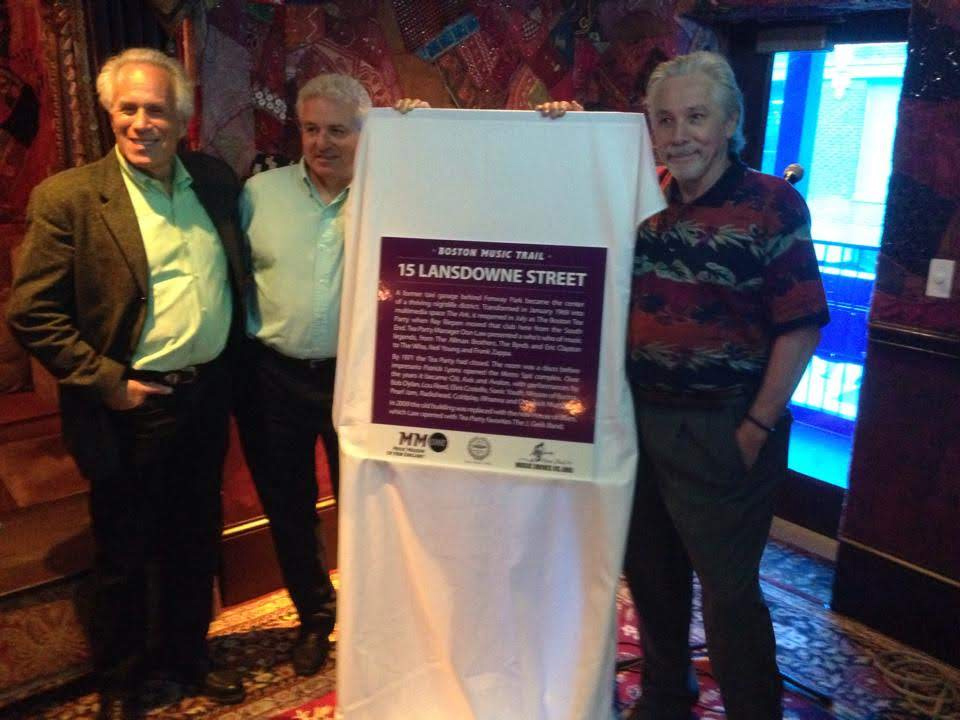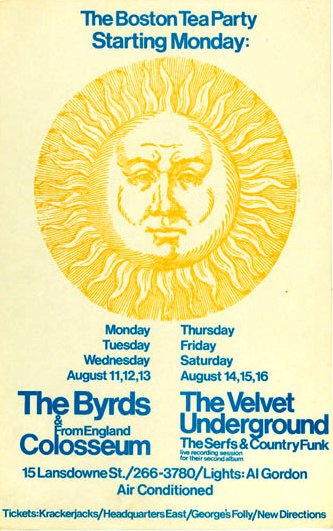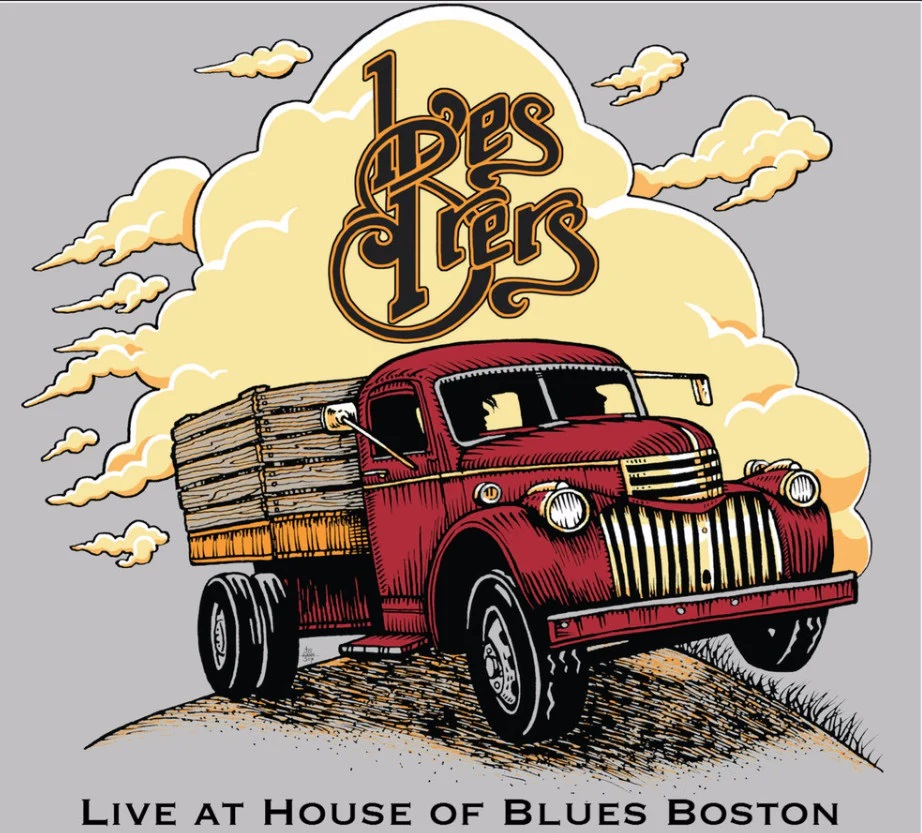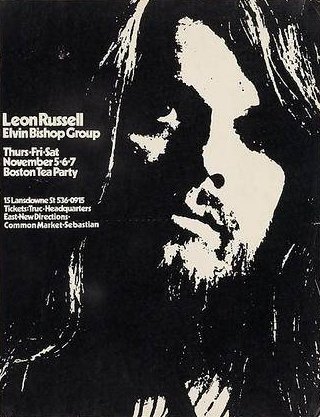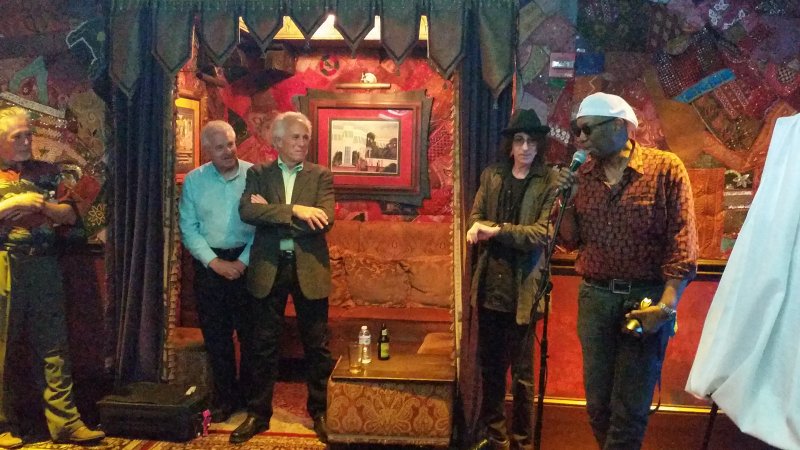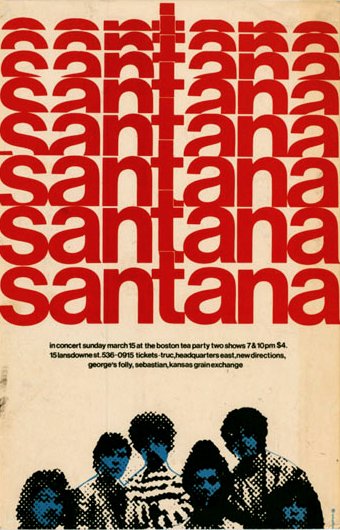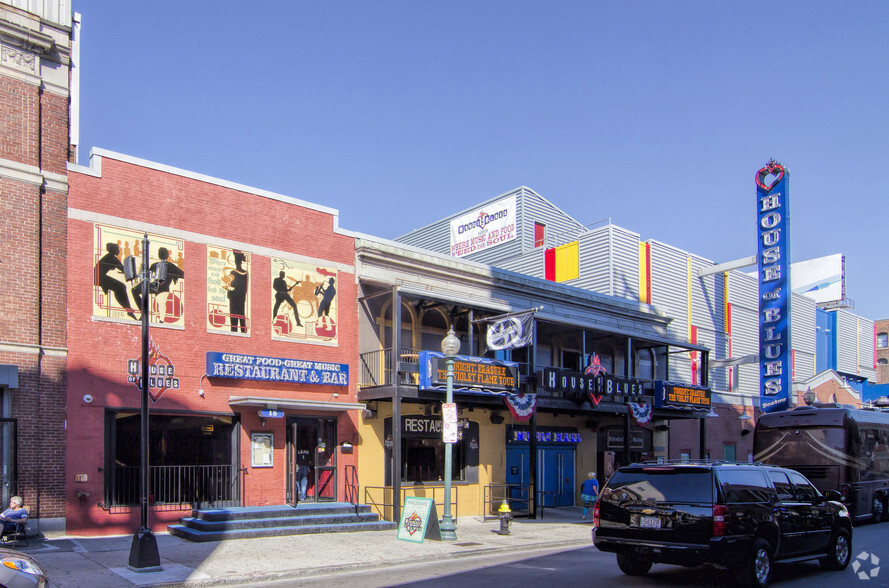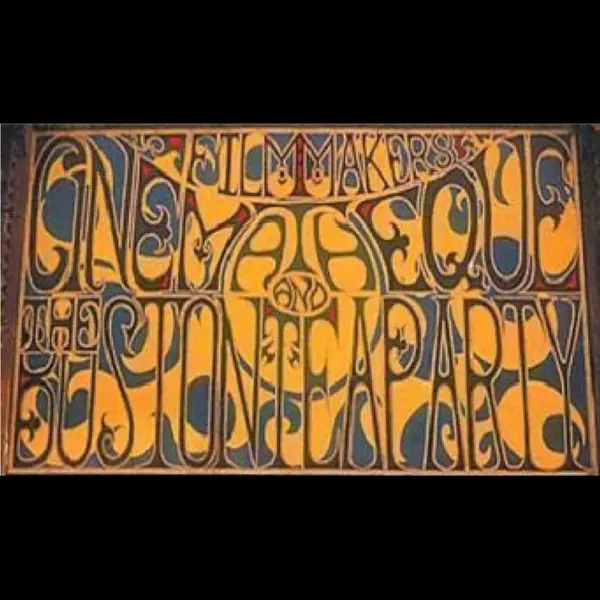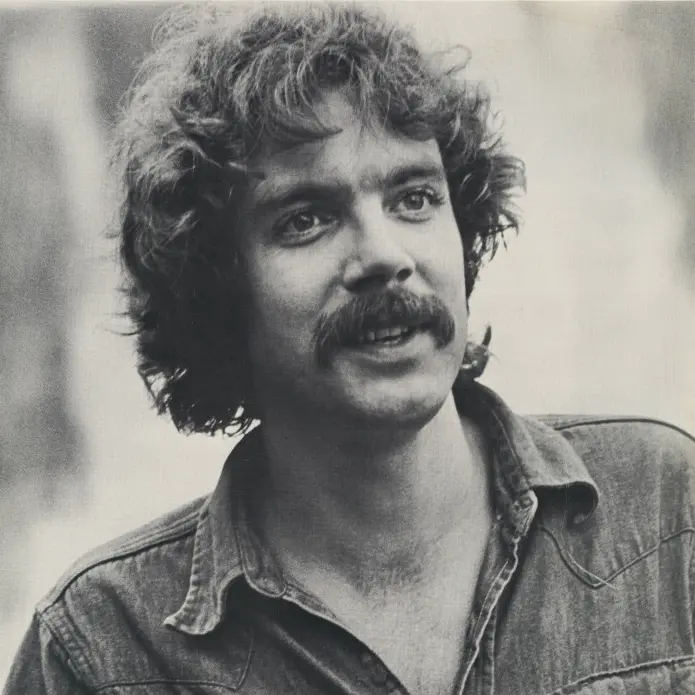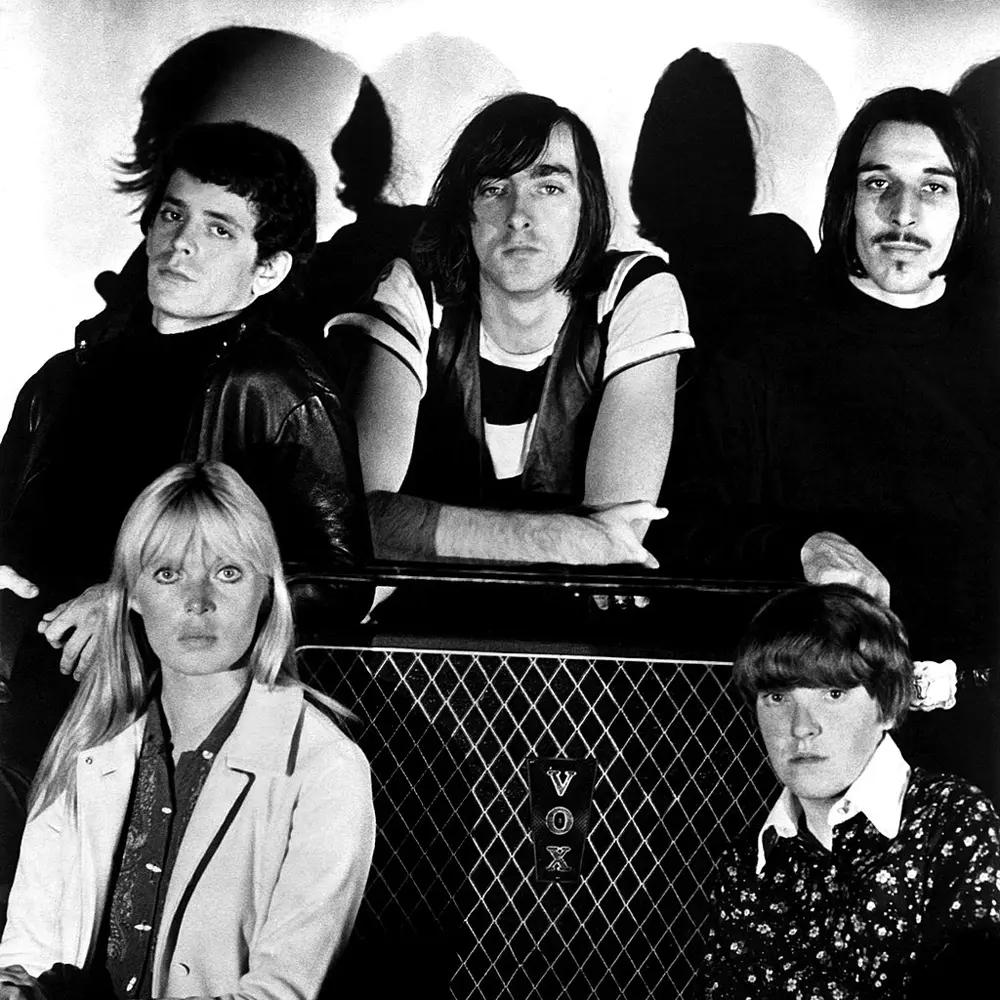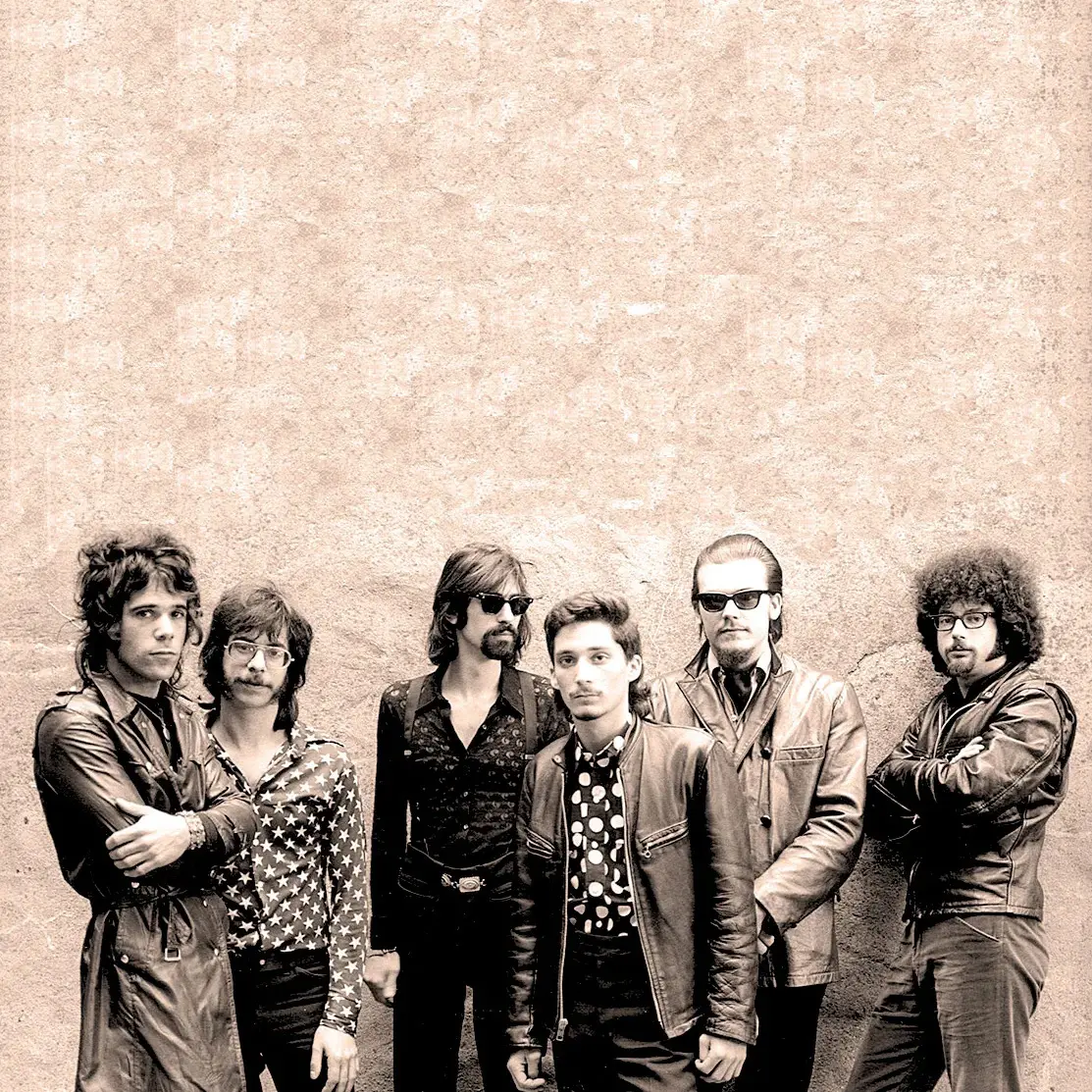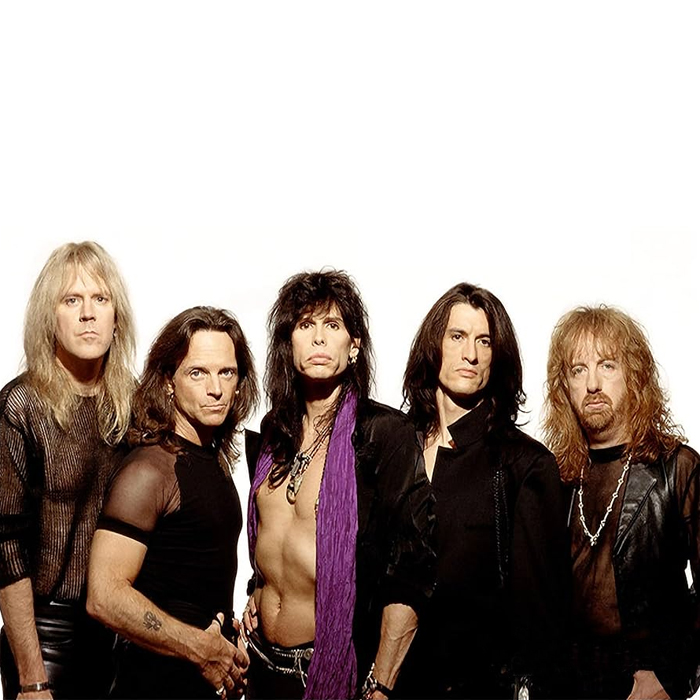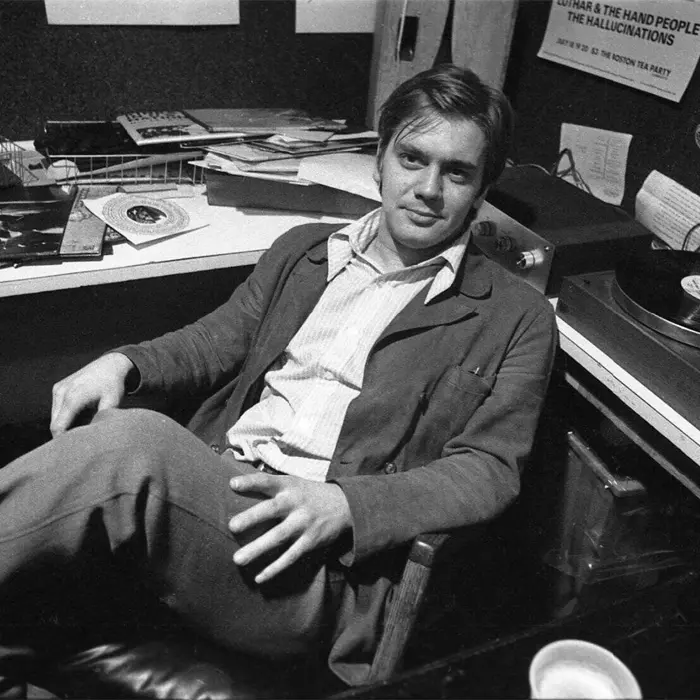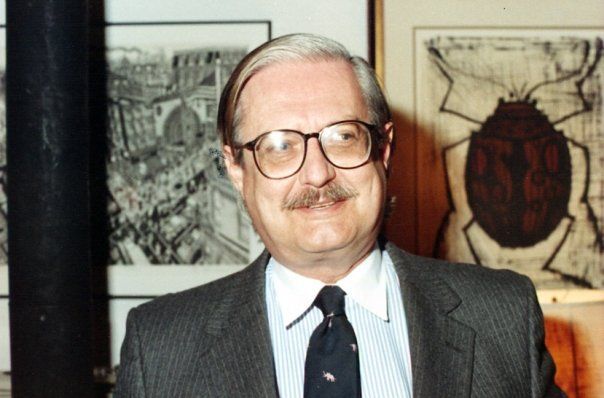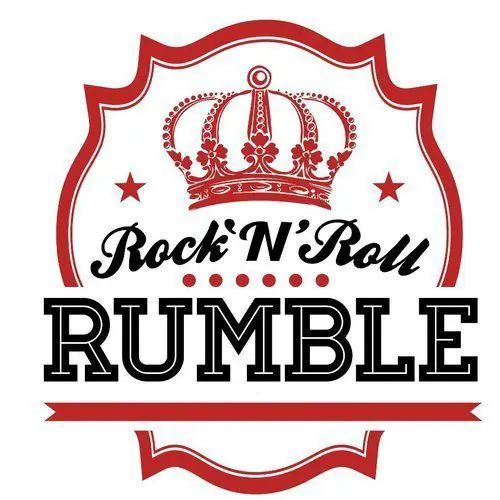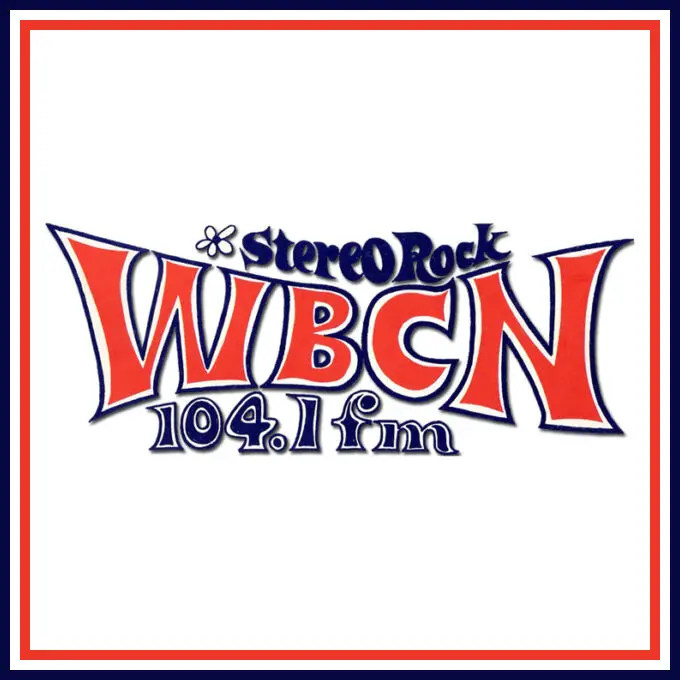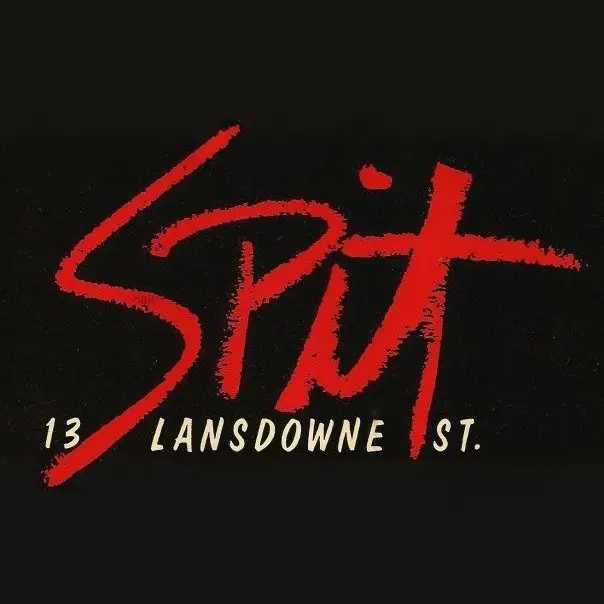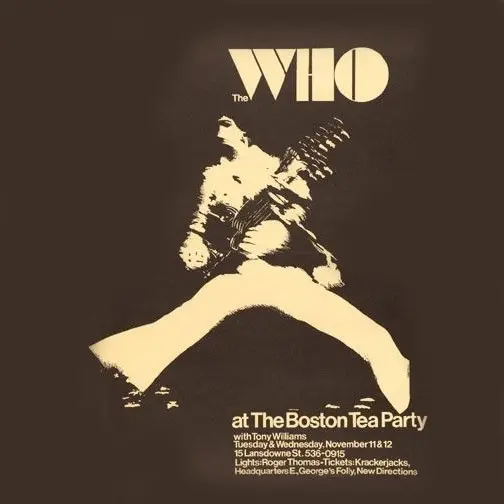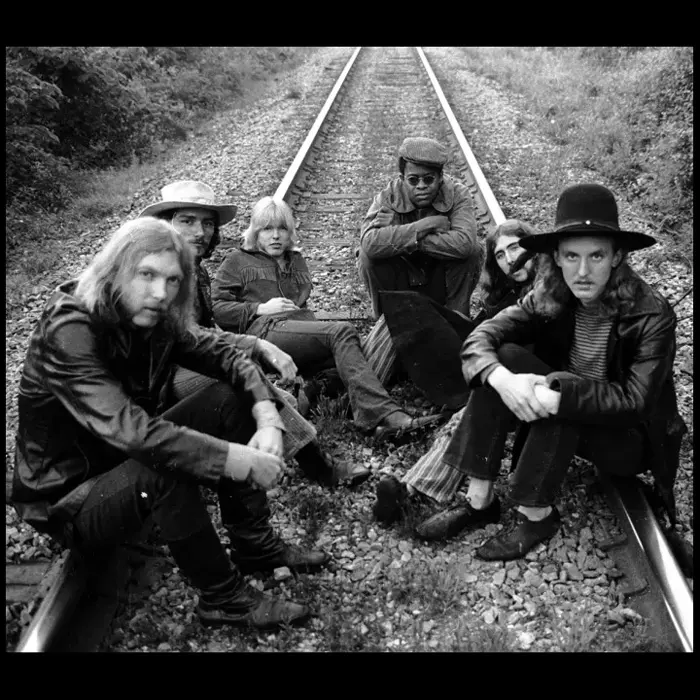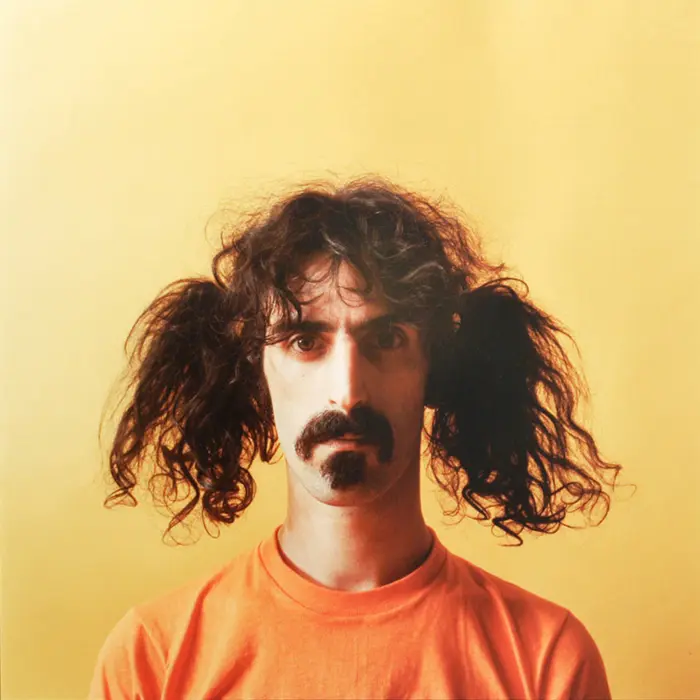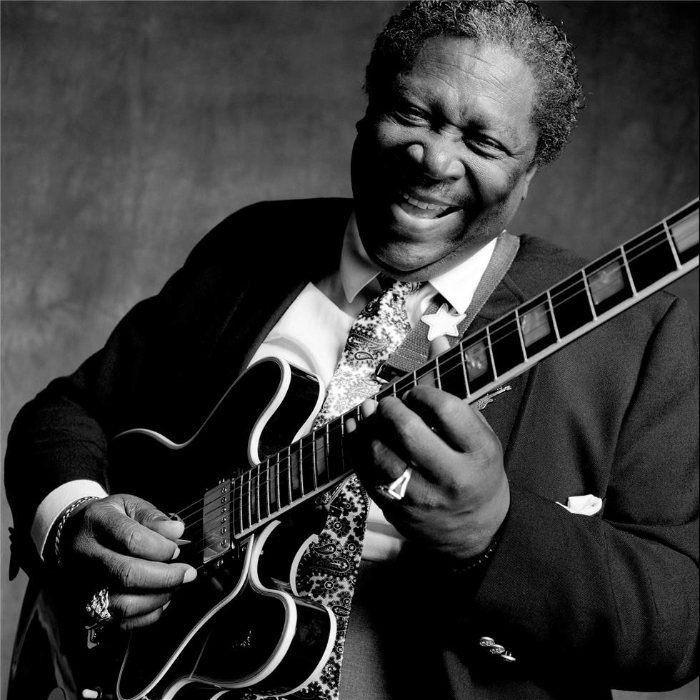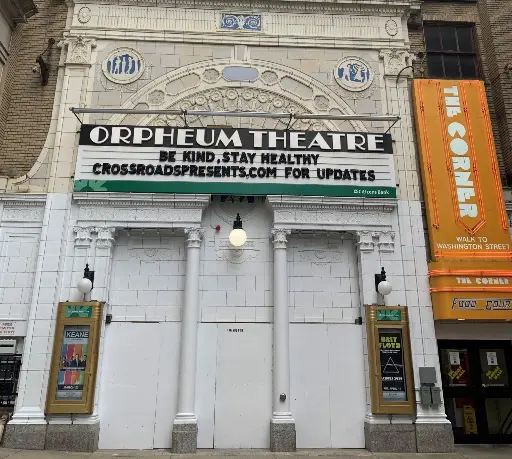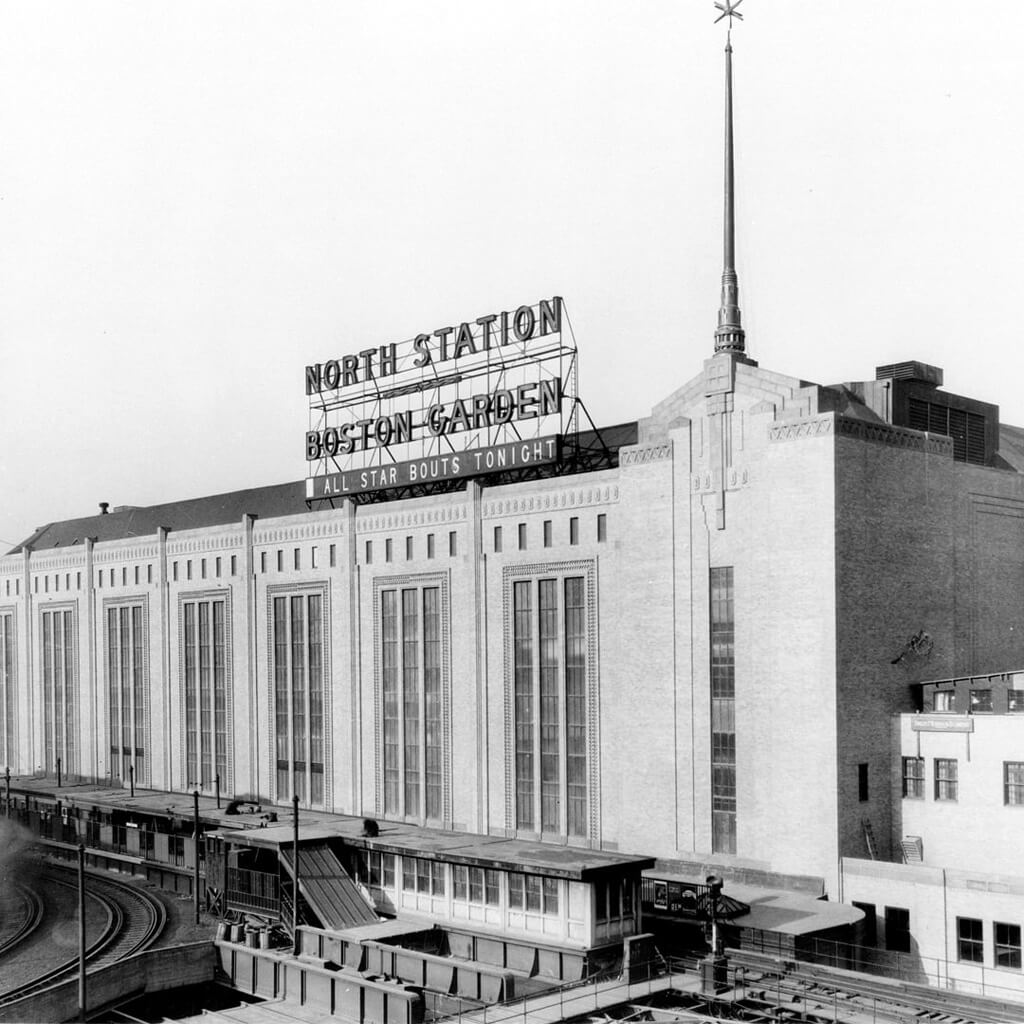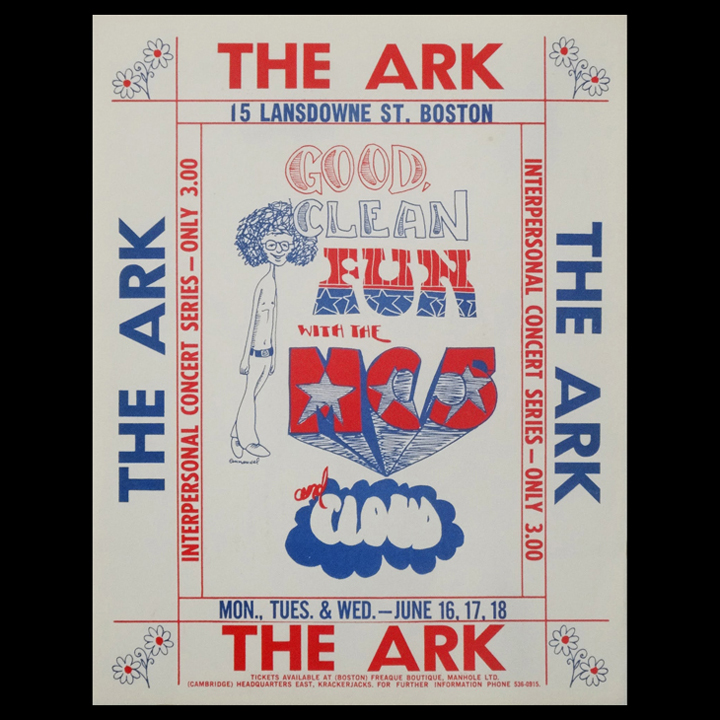15 Lansdowne Street
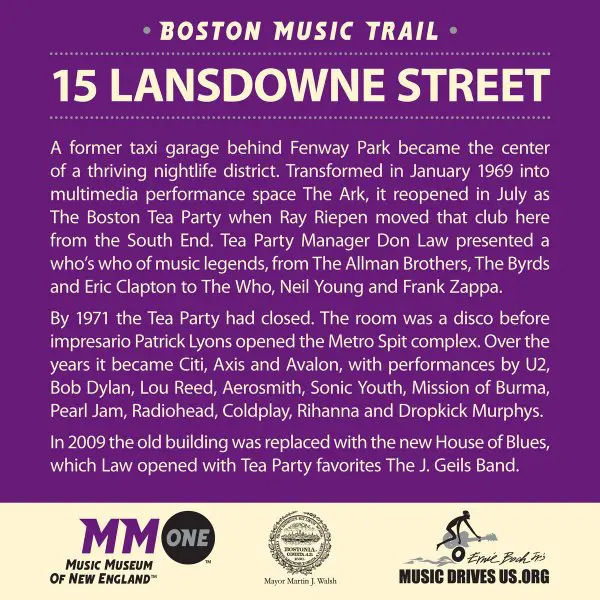
When a home run sailed over the Green Monster at Fenway Park in 1968, it landed on Lansdowne Street, sometimes bouncing into the taxi garage across the way. But by the end of January 1969, the sounds of bat hitting a ball and the roar of the crowd had been replaced by the sounds of amped-up guitars, thick bass lines and sticks whacking snare drums, tom-toms and cymbals.
By that time, the taxi garage had been transformed into The Ark, a rock club built at 15 Lansdowne Street by promoter Charlie Thibeaux. A neophyte to the music business, the club lasted only until the summer of ’69, but was hugely significant in that it marked the beginning of the street’s development into Boston’s leading music and entertainment district.
The Boston Tea Party, Disco era
At the time The Ark sank, Ray Riepen and Don Law were looking for a larger space for their club The Boston Tea Party – the original location of which (at the corner of Berkeley and Appleton Streets) received an historical marker from The Bostonian Society in 2007 – and they decided to move the venue to 15 Lansdowne Street, where they presented an eye-popping array of future legends over the next year and a half.
One year to the day after The Ark opened, The Grateful Dead played at the Tea Party, which was the only New Year’s Eve show the band ever did outside San Francisco. Among the many other acts who took to the club’s stage were The Allman Brothers, The Byrds, Miles Davis, Bo Diddley, Fleetwood Mac, Buddy Guy, Jethro Tull, Elton John, B.B. King, The Kinks, Led Zeppelin, Little Richard, Van Morrison, Ricky Nelson, Procol Harum, Tom Rush, Santana, The Velvet Underground, The Who, Howlin’ Wolf, Neil Young, Frank Zappa and, in multiple appearances, Boston’s own J. Geils Band.
But even the Tea Party was not immune to the rapidly changing economics of the music business; as the acts grew in popularity, so did the cost of hiring them. The club closed in December 1970 and Law took his rock-concert business to larger venues like the Orpheum Theater and Boston Garden. After that, the Tea Party site became Boston’s first ‘70s-style disco, known simply as 15 Lansdowne Street, which featured elaborate flashing lights and dancers sporting Saturday Night Fever fashions.
Patrick Lyons, “A Neighborhood of Nightclubs”
In the early 1980s, entrepreneur Patrick Lyons spearheaded 15 Lansdowne Street’s eventual transformation into a neighborhood of nightclubs. His vision of a multi-purpose event venue resulted in the Metro/Spit complex, which showcased major acts including Prince, Eric Clapton, Cab Calloway, Nirvana and The Ramones and hosted WBCN’s annual Rock ‘n’ Roll Rumble from ’81 through ’87.
The name on the door changed to Citi and Axis and Avalon and musical styles came and went while new venues opened up and down the block throughout the ‘80s and ‘90s such as Venus De Milo, Bill’s Bar and Jake Ivory’s. Even local rock heroes Aerosmith got into the nightclub business on Lansdowne Street, partnering with The Lyons Group in December 1994 to open Mama Kin Music Hall, an outlet for local bands.
15 Lansdowne Street closing, House of Blues opening
In 2007, the remnants of the garage at 15 Lansdowne finally disappeared when the last club to occupy the space, Avalon, closed and the building was torn down. It was replaced by a new Don Law-owned House of Blues which, with a capacity of 2,500, is the largest in HOB’s national chain. It opened in early 2009 with a reunion performance by The J. Geils Band.
“The nightclub business is and always has been a very difficult business,” Lyons told Olivia Vanni of The Boston Herald in 2019. “We were successful in keeping a large, 1,500-capacity nightclub profitable for 28 years on Lansdowne Street. But I wouldn’t wish that task on anyone.”

